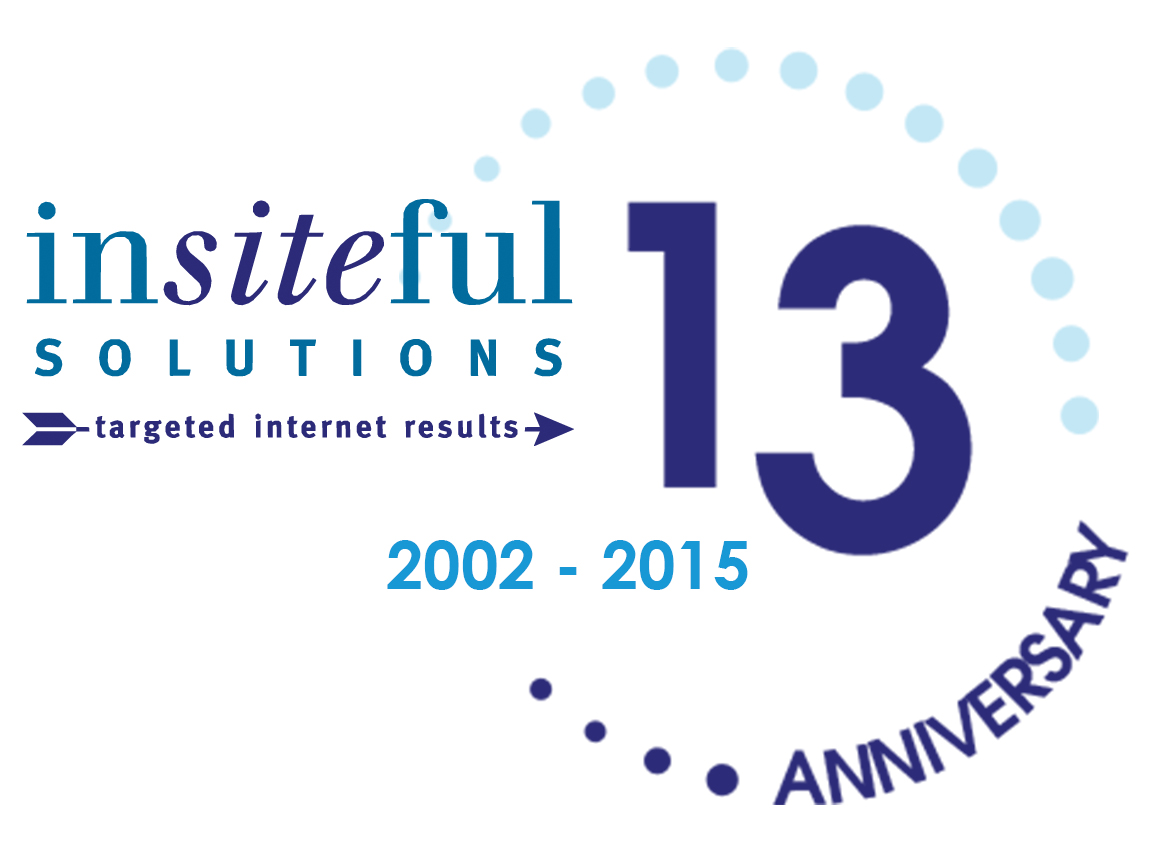Blogging is essentially marketing your business. Content Marketing can be a tricky business. How do you know what to blog about? How do you reach your target market? How do you understand all the analytics to measure your ROI?
There is no specific model that will work with every industry. If only there could be one fool proof handbook that everyone could use marketing online or content marketing would be easy!
It is now known for a fact that regular, fresh, relevant content that you produce on your website the better your SEO results will be. Having a strong social media audience enhances your SEO as well.
Blogging is an easy way to quickly update your content and spread it through your social media. There are many different platforms out there that allow you to manage your own content, such as WordPress, Joomla etc. (be careful which one you choose as some are more search engine friendly than others).
Adding relevant content on a regular basis helps make your entire site more relevant as well as the post you’re writing. Once you’ve written your post, post it on your social media accounts, such as Facebook, Twitter, LinkedIn, Google+, Pinterest, Instagram, SlideShare etc. Posting on your blog and social media allows your “followers” or potential customers, clients to engage with your content and your company, making it easy for readers to leave comments on your blog or on any of your social media accounts.
By writing a blog on a regular basis you start to establish your company as an authority on a subject and you show off your expertise. Many companies find the thought of writing blogs and continuing to do so a daunting task and may shy away from it. They just simply don’t want to write articles as that isn’t their expertise. In an ever changing market place, especially companies with an online presence in today’s world, they simply cannot ignore the fact that they need to stay active and relevant to compete with all the other businesses in their field. Gone are the days where you can just put up your website and update the date every year.
How often should you blog? Well the general rule is you should blog as often as you have something to say. Don’t just blog for the heck of it, you need to keep your readers engaged, wanting to come back to your site or at least contact you to find out more. The more your readers comment or engage with your content the more attention the search engine’s pay attention.
There are so many different elements to take into account when planning a content marketing strategy it is import to formulate a plan and a cost effective budget. Most companies would rather just ignore it completely and lose out on so much valuable website traffic. Why not contact a content marketing company that is focused on helping businesses grow their online presence? We are here to help and give advice and create a package that fits your business. We look forward to growing along side our clients with pride!
You can contact Insiteful Solutions at 905-947-8235 ask for John or Barb we’d be more than happy to learn about your business and discover the best plan to steadily grow your business along side you.





